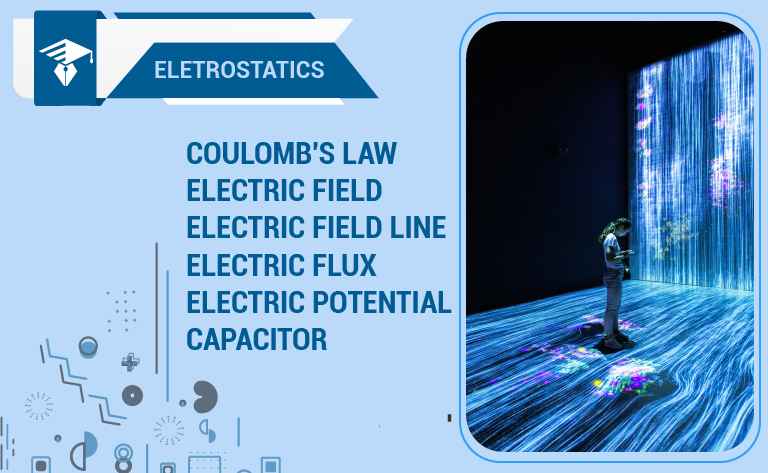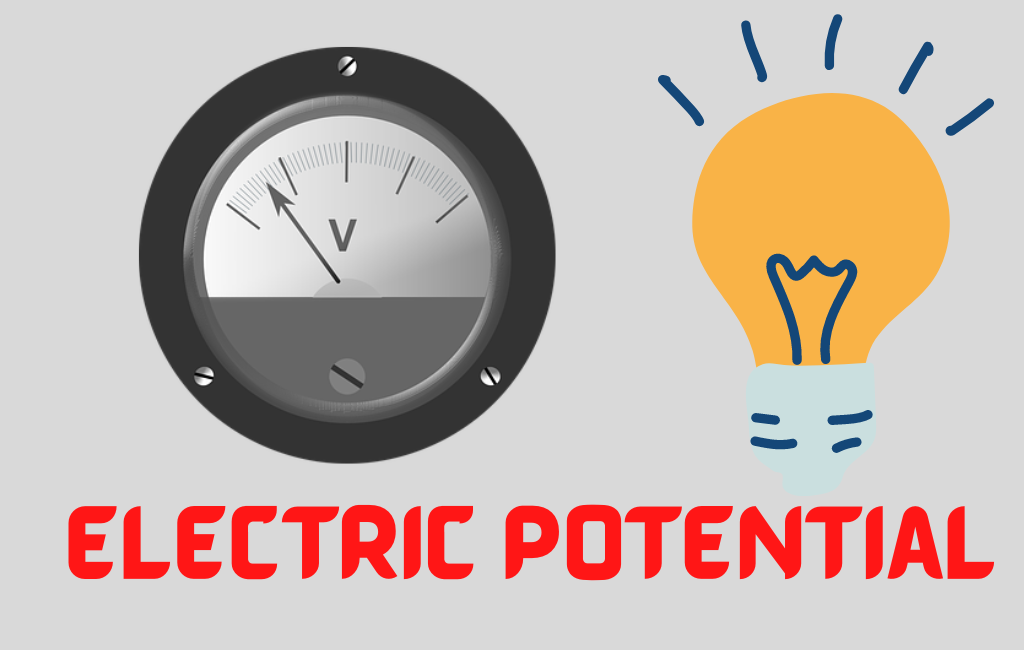What is Capacitance?-Definition, Types, And Measurement
The capacitance of a component or circuit is the ability to store an electrical charge in the form of energy.
What is capacitance?
The amount of electric charge that can be stored on a conductor is known as capacitance. There are two types of capacitance: self-capacitance and mutual capacitance. Any object that can be electrically charged exhibits self-capacitance.
This means that the potential difference between the object and the ground can be measured. A material with a large self-capacitance can hold more electric charge at a given potential difference than one with low capacitance.
Types of Capacitance
There are two types of capacitance.
- self-capacitance
- mutual capacitance
Self-capacitance
Capacitance is a term used to describe the ability of a material to hold an electric charge. In circuits, capacitance usually refers to the mutual capacitance between two conductors, such as the plates of a capacitor.
However, an isolated conductor also has self-capacitance, which is the amount of electric charge required to raise the potential of the conductor by one unit. The reference point for this potential is a theoretical hollow conducting sphere with the conductor centered inside.
the self-capacitance of a conductor is

where
- q is the charge
- V is electric potential
The capacitance between the turns of a coil is called self-capacitance. This is different from the phenomenon of mutual capacitance, which is the capacitance between two conductors.
Self-capacitance is an important consideration at high frequencies, as it changes the impedance of the coil and can result in parallel resonance. This undesirable effect limits the maximum frequency at which a circuit can operate correctly.
Mutual Capacitance
A capacitor is a device that is used to store an electrical charge. It consists of two conductive plates that are insulated from each other and often sandwich a dielectric material.
In a parallel plate capacitor, the capacitance is proportional to the surface area of the conductor plates and inversely proportional to the separation distance between the plates.
If the charges on the plates are +q and -q, and V gives the voltage between the plates, then the capacitance C is given by.

How do measure the Capacitance?
A capacitance meter measures the capacitance of discrete capacitors, most often by charging and discharging the capacitor with a known current and measuring the resulting voltage’s rate of rising.
Many digital volt meters (DVMs) have a capacitance-measuring function that operates in this way. The slower the voltage’s rate of rising, the larger the capacitance.







Leave a Reply